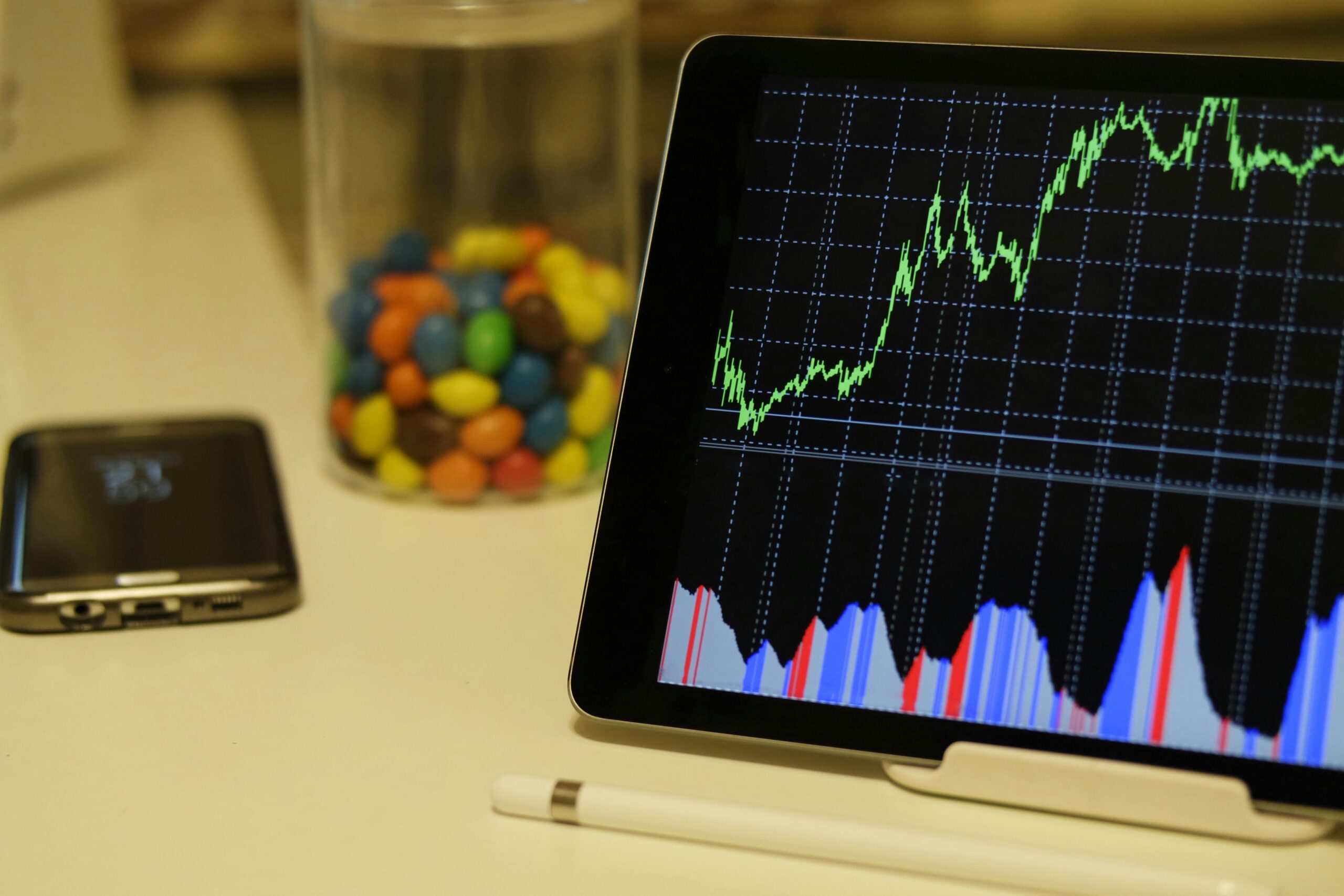Many retail investors are familiar with gold and crude oil, but few invest in commodities as part of their larger portfolio. But, as institutional investors recognize, commodities provide a valuable way to diversify a portfolio to reduce overall risk and volatility. They also offer a hedge against inflation and the ability to realize higher returns than other asset classes.
In this article, we’ll look at how to invest in commodities and how you can use the commodity cycle to find opportunities.
How to Invest in Commodities
Mutual funds and ETFs provide the easiest way to invest in commodities. For instance, the SPDR Gold Shares ETF (GLD) provides shareholders with fractional ownership of a trust that holds gold bullion. Meanwhile, the iShares GSCI Commodity Dynamic Roll Strategy ETF (COMT) provides exposure to a wide range of commodities while minimizing costs.

Aside from holding physical commodities and futures contracts via mutual funds and ETFs, investors may choose to invest in commodity producers. For example, Exxon Mobil’s (XOM) stock price has a strong correlation with the price of oil. But instead of owning crude oil futures, investors own part of a corporation that generates earnings and pays dividends.
Junior miners provide even higher leverage to investors. Rather than providing exposure to current commodity prices, they represent a high-risk, high-reward bet on both the growth in a commodity’s price and the management team’s ability to execute. For instance, many mining companies focus on proving land contains precious metals.
What Affects Commodity Prices?
Different commodities perform well in different economic environments. For instance, gold and other precious metals usually see an uptick in their price during inflationary or uncertain times since they provide a hedge against risk. Meanwhile, industrial metals and energy typically do better during bull markets when demand is high.
In addition to these short-term economic cycles, investors may also consider supply and demand levels. For instance, lithium and other rare earth metals are essential for electric vehicles. And with EV production on the rise, these metals could see a secular increase in value regardless of the underlying economy or other factors.
Investors wishing to build a diversified portfolio may want to hold a basket of different commodities, while those looking to capitalize on long-term trends may want to consider targeted positions in specific commodities. And, of course, it’s important to consider both the demand and the supply of the commodity to project its potential price movements.
Why Zinc Could Be a Top Performer
Most investors have already caught on to lithium, but zinc remains an under-appreciated beneficiary of electric vehicle demand. While zinc is best known for galvanizing steel, researchers believe it could also become a valuable alternative to lithium-ion batteries. Zinc batteries could run longer, cost less, and be less prone to fires.

At the same time, the supply of zinc production has been falling for years, putting upward pressure on prices. In 2012, Glencore shut down its Canadian mines. A couple of years later, other large mines in Australia and Ireland shut down. These shutdowns took millions of tons of zinc out of production, leading to higher prices in recent months.
Investors looking to capitalize on the potential long-term increase in zinc prices may want to consider exploration companies like Slave Lake Zinc Corp. (CSE: SLZ). The company is actively exploring a zinc/lead prospect at O’Connor Lake in the South Slave district of Canada’s Northwest Territories with aerial surveys and other modern techniques.
Looking Ahead
Commodities provide investors with a valuable hedge against inflation and a way to diversify their portfolios. In addition to mutual funds and ETFs, investors might want to take a look at production and exploration companies focused on niche opportunities – especially in commodities that could see a sustained increase in demand with limited supply.










